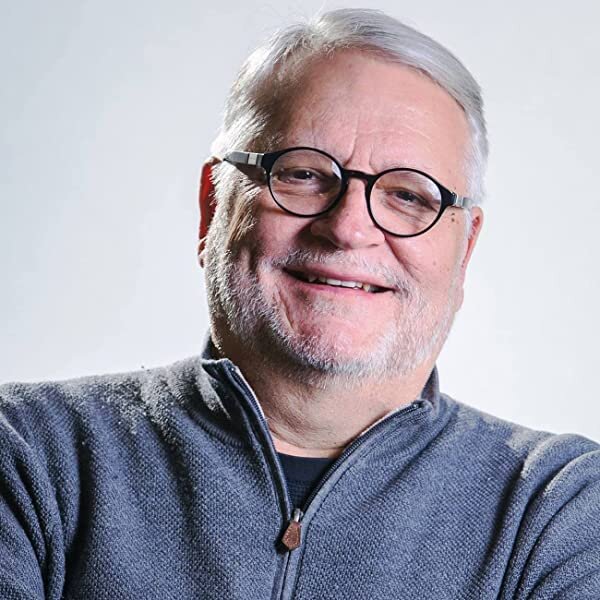Sugar, Cigars, and Revolution: The Making of Cuban New York
William James Bennett, “View of South Street, From Maiden Lane” (1827), Edward W. C. Arnold Collection, Metropolitan Museum of Art
Today, Cuban America is synonymous with Miami, Florida. But more than a century before the Revolution of 1959 reshaped the pattern of settlement in America, Cubans made New York City the largest community of Latin Americans in the nineteenth-century Northeast. This mini-course brings that history to life, tracing its formation — in particular, how both the sugar trade and the long struggle for independence from Spain defined it. New York City’s refineries bought vast quantities of raw sugar from Cuba, ultimately creating an important center of commerce for Cuban émigrés as the island tumbled into the tumultuous decades that would close out the century and define Cuban nationhood and identity.
New York became the primary destination for Cuban émigrés in search of an education, opportunity, wealth, to start a new life or forget an old one, to evade royal authority, plot a revolution, experience freedom, or to buy and sell goods. While many of their stories ended tragically, others were steeped in heroism and sacrifice, and still others in opportunism and mendacity. In this course, Lisandro Pérez, author of Sugar, Cigars, and Revolution (awarded the 2020 Herbert H. Lehman Prize for Distinguished Scholarship by the New York Academy of History), weaves together the stories of Cuban New Yorkers, demonstrating the rise of a little-known, vibrant, and influential immigrant community that represents the origins of New York City's present-day Latino presence.
March 15th, 17th & 22nd (Mon/Wed), 6:30-8PM (ET)
$125 (3 sessions, 90 min. each)
Lisandro Pérez is Professor of Latin American and Latina/o Studies at John Jay College, CUNY. He is the author with Guillermo Grenier of The Legacy of Exile: Cubans in the United States (2003) and of Sugar, Cigars, and Revolution: The Making of Cuban New York (2018).

